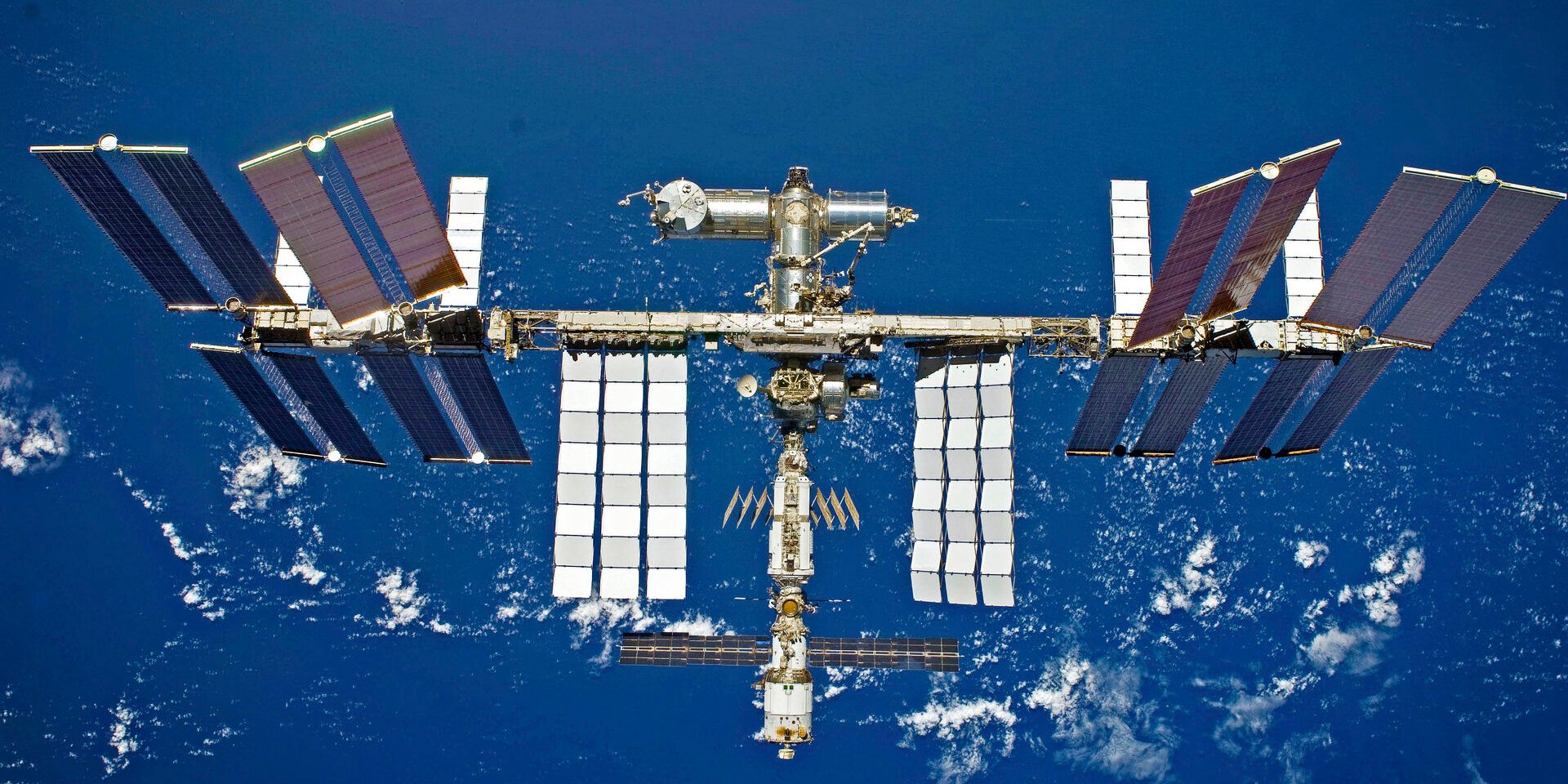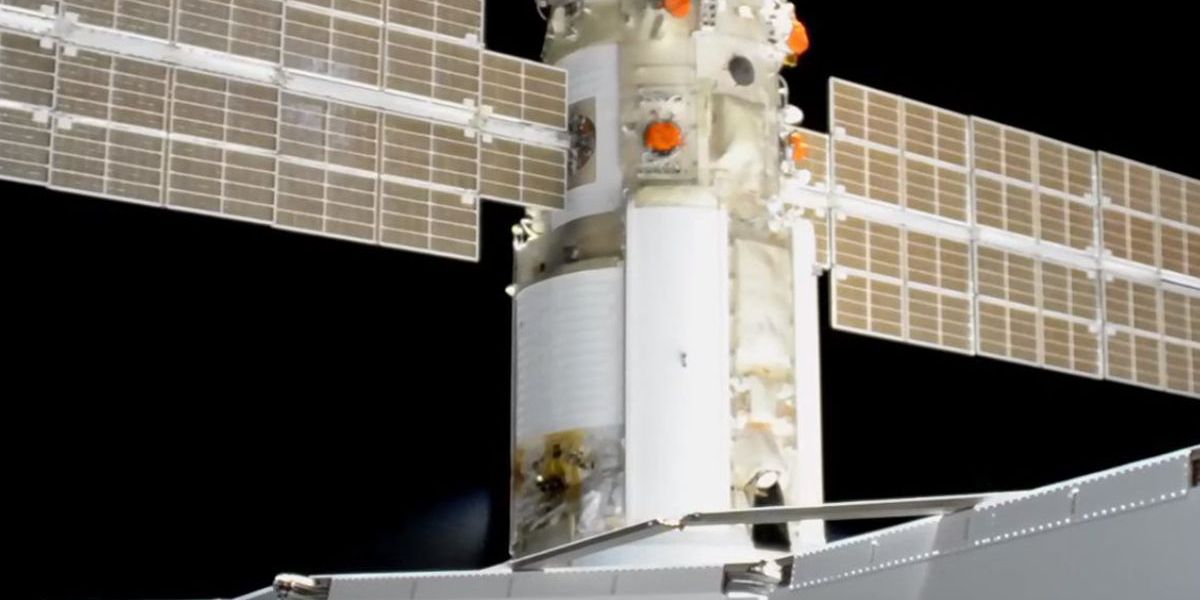NASA and other space agencies experienced some drama recently when a Russian module accidentally fired its thrusters while docked to the International Space Station — resulting in the ISS being knocked off its normal trajectory. The ISS was launched into space in November 1998 in partnership with NASA, the ESA, CSA, JAXA, and Roscosmos. It allows scientists to conduct research and studies while in a low-Earth orbit, and even in 2021, it remains one of the pillars of human space exploration.
Along with the ISS, old and new technologies are regularly used to learn more about our own galaxy and beyond. Take the Hubble telescope, for example. It's been used by NASA for 31 years and has made over 1 million discoveries since then — helping scientists determine the universe's age and capturing stunning photos that wouldn't otherwise be possible. Recent years have also seen technological achievements, such as the Ingenuity helicopter on Mars. These tools are invaluable for space research, with the International Space Station being among the most important.
That's what makes this accident all the more anxiety-inducing. On July 29 at 9:29 AM EDT, NASA says that the Russia-owned Nauka module docked onto the ISS like normal. Crew aboard the ISS began doing their usual leak and service checks following the docking, and for a while, everything seemed to be going according to plan. At 12:45 PM, however, Nauka fired its thrusters while still docked to the station — causing it to go out of its orientation by around 45 degrees. The ISS didn't sustain any serious damage and has since returned to normal, but it certainly caused a heap of drama that the station wasn't anticipating.
How The ISS Got Back On Course After The Accident
Following Nauka's accidental thruster blast, the ISS team quickly worked to get the station back on course. As reported by Gizmodo, flight controllers aboard the ISS performed a 'roll control' maneuver. By firing thrusters from the Zvezda module and a cargo ship that was also docked, the ISS was able to return to its usual orbit. In addition to the ISS being safe, it's also confirmed that none of the crew members were injured or put in serious danger at any point during the incident.
While that's all good news, it remains unclear why the Nauka module ignited its thrusters when it did. Some are chalking it up to a glitch with Nauka's computer system, saying it may have thought it was still in the docking process. NASA nor any of the other agencies have provided an exact reason, but an investigation is in the works to (hopefully) get to the bottom of things.
While docking procedures like this typically happen without fault, it's important that the ISS can ensure something like this doesn't repeat itself. The crew did an excellent job correcting the incident and keeping everyone safe, but something like this could have potentially been much worse. Whether it be for future ISS activities or other space missions, keeping those mishaps to the bare minimum is a must.


